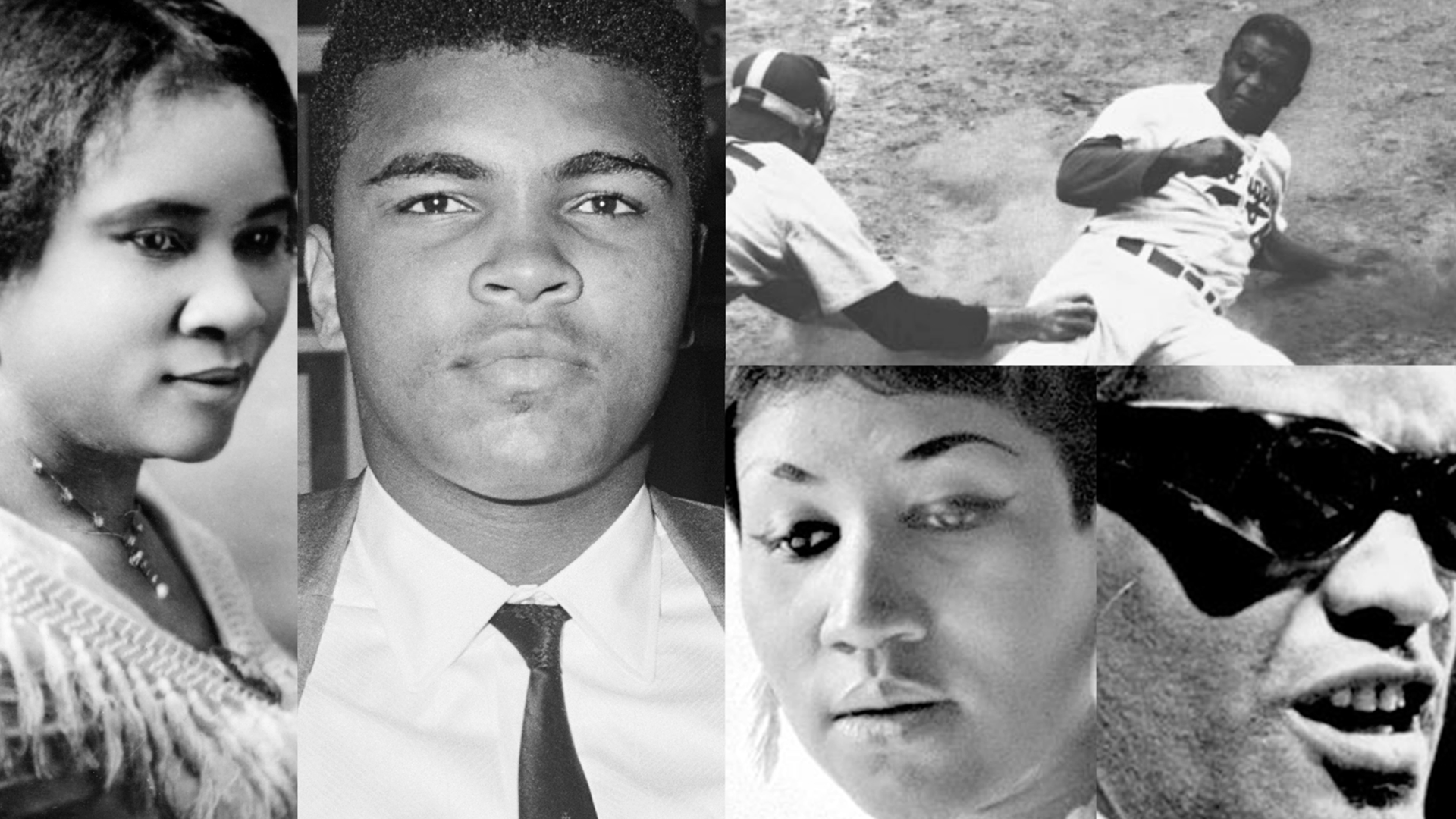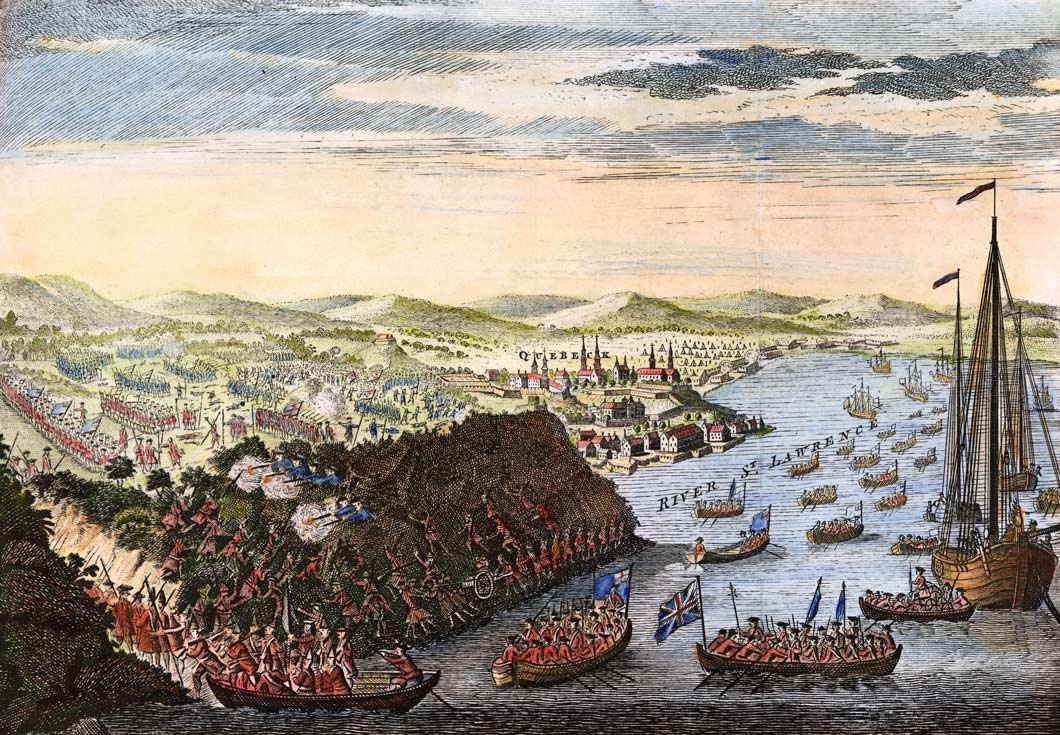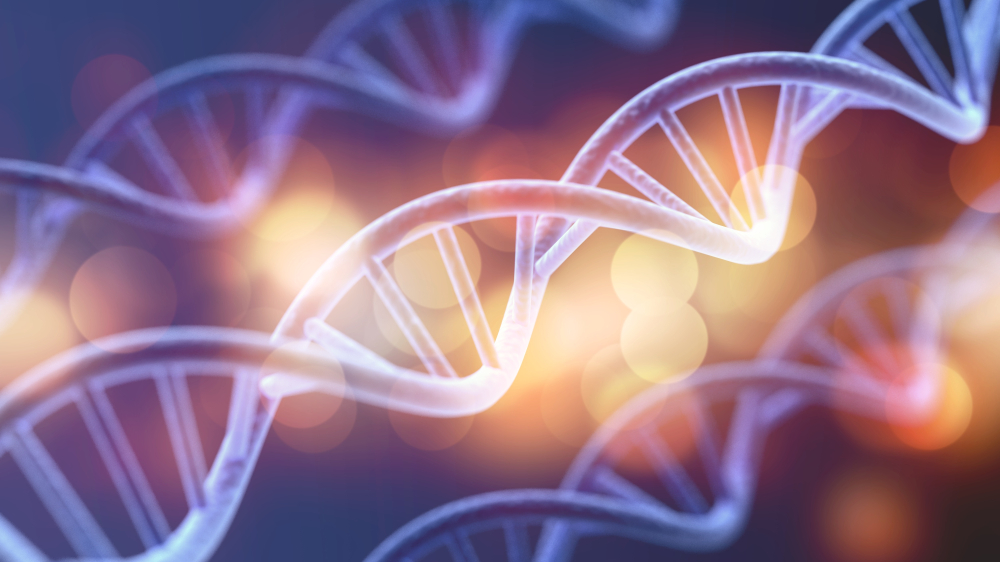Teaching February 2025
- January 29, 2025
- By KIDS DISCOVER
Although the shortest month, February is full of engaging topics that can enrich classroom learning, from historical achievements to cultural celebrations. Black History Month, along with other key historical events this month, provides opportunities to highlight resilience, innovation, and progress that will assist in cross-curricular lesson planning.
Black History Month
Celebrate Black History Month by diving into the stories of leaders, activists, and trailblazers who helped shape history. Our Black History Month Landing Page provides educators with resources like our Civil Rights Unit, Historical Figures Units, and the video on Defining Civil Rights, making it simple to create meaningful discussions in the classroom.
February 2 – Grand Central Terminal Opens (1913)
Second only to Times Square, Grand Central Station is one of the most visited destinations in New York City. Each day 750,000 travelers come to either commute to work, spend time in the city, or just to take a look at the beautiful architecture. Officially opening to the public on this day, at midnight, in 1913, it shows how vital train travel still is. In our Trains Unit, your students will learn about these gateways to the cities and how the mode of transportation has changed over time.
February 2 – World Wetlands Day
World Wetlands Day occurs every year on February 2nd, marking the date of the adoption of the Convention on Wetlands in 1971. Most kids don’t know what wetlands are, but after reading our Wetlands Unit they’ll understand how pivotal wetlands are in regulating Earth’s climate and to the survival of many endangered species.
February 10 – French and Indian War Ends (1763)
After seven years of conflict, the French and Indian War came to an end on this day in 1763. Although the Paris of Treaty wasn’t signed until months later, Britain was deemed the victor as France lost nearly all of their claims in North America. In one our newest Units, the French and Indian War, your students will learn seeds of conflict, and effects that ultimately lead to the Revolutionary War.
February 14 – Valentine’s Day
Chances are, your students are already brimming with excitement for this holiday. Sure it means a lot of candy, but do they know the facts behind it? Our Hearts Unit will give them an opportunity to learn more about the organ and why it represents love. Before your class exchanges cards, our Valentine’s Day Topic will share the history of the holiday and how it’s changed over the years.
February 17 – Presidents Day
On this day, we honor the 45 presidents who have served as commander in chief. Because of their February birthdays, we also give special attention to George Washington and Abraham Lincoln. Although their presidencies are separated by nearly 100 years, they both represent some of the greatest virtues a leader can have. Discuss with your students the impact both of these men had in history or explore their role in our Presidency Unit.
February 28 – Chemical Structure of DNA Discovered (1953)
On this day in 1953, American scientist James Watson and English scientist Francis Crick showed that the structure of DNA is a double helix. This discovery led to dozens of other breakthroughs in genetics. It also opens up the field of genetic engineering. You and your class can uncover the Discovery and Study of Cells in our popular Cell Unit.
More from the blog

Kids Discover Talks with Television Lighting Designer Christopher Landy About the Rockefeller Center Christmas Tree Lighting
- December 9, 2025

It’s the Most Wonderful Time of the Year… For Community Service Projects!
- December 8, 2025

The Rockefeller Center Christmas Tree Lights the 2025 Holiday Season in New York City
- December 3, 2025






